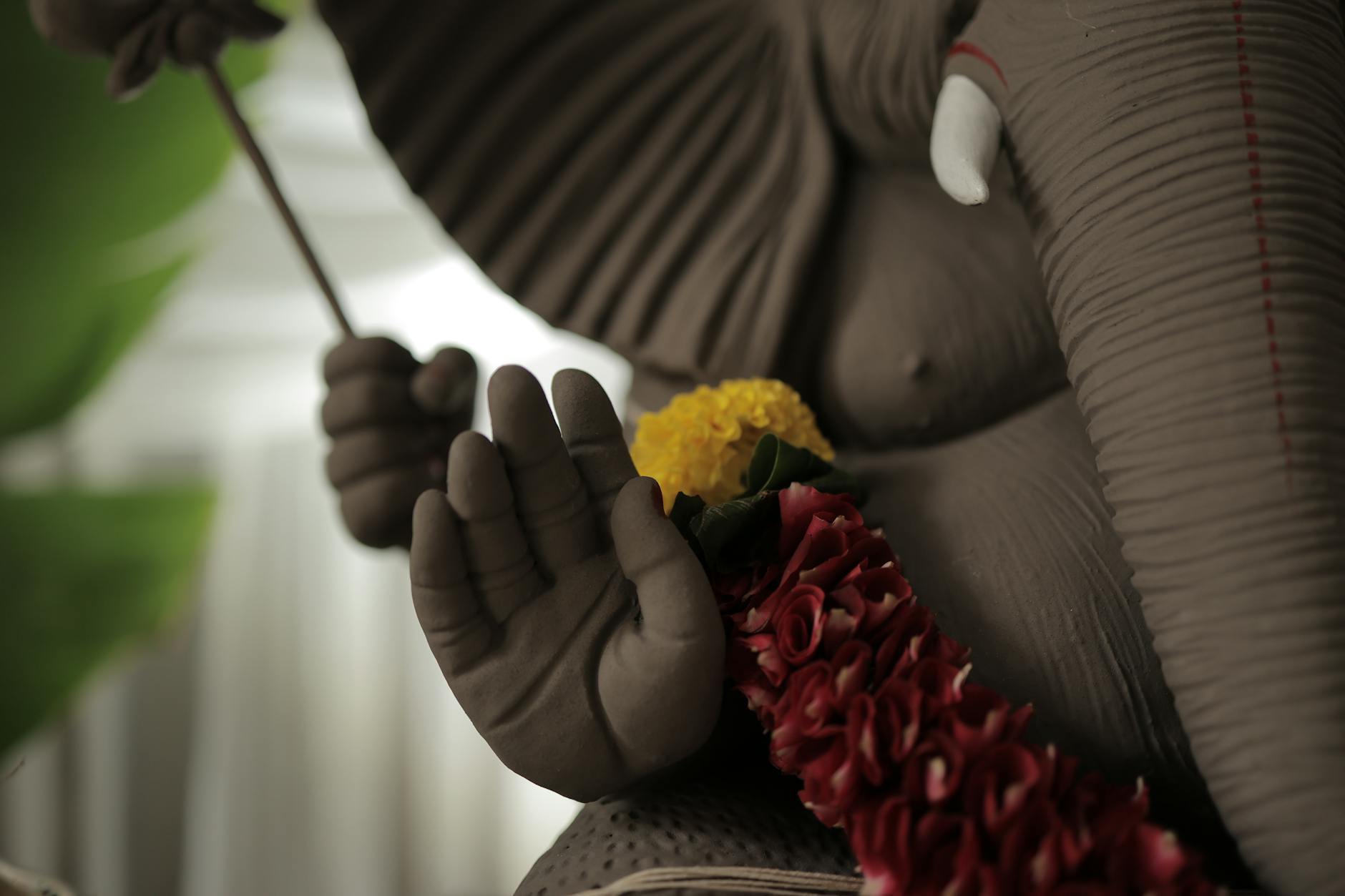
(As an Amazon Associate we earn from qualifying purchases)
Why Indian Eastern Philosophy Books Hold the Key to Modern Clarity
Indian Eastern Philosophy Books have surged in popularity among readers who crave more than quick-fix self-help guides. In a six-year span, India’s overall book revenue leaped from US $10.4 billion to a projected US $14.6 billion, outpacing the global average at a robust 6 percent compound growth rate(grandviewresearch.com). A sizable slice of that momentum comes from titles on Advaita, Buddhism, and Jain logic—subjects outsiders once considered “niche.” Google Trends corroborates the boom: global search interest in “Indian philosophy” rose by nearly a third between 2024 and 2025, with the United States, Germany, and Brazil posting the steepest climbs.
Why the spike? Readers facing burnout are turning to Indian Eastern Philosophy Books because these texts address suffering, desire, and ethical living at their roots, not their branches. When a Vedic commentator like Shankara explains the illusory nature of ego or the Buddha outlines dukkha, the advice feels evergreen. A Nielsen-FIP industry report even notes that Indian philosophical titles now account for more than 9 percent of trade-nonfiction sales, a figure that hovered below 3 percent a decade ago(internationalpublishers.org).
“The highest education is that which does not merely give us information but makes our life in harmony with all existence.” — Rabindranath Tagore(brainyquote.com)
A Snapshot of Key Concepts
| Eastern Concept | Core Lesson | Everyday Application | Resilience Factor |
|---|---|---|---|
| Dukkha (Buddha) | Life entails unsatisfied craving | Accept volatility in career shifts | Builds emotional shock absorbers |
| Mettā | Cultivate universal goodwill | Morning compassion meditation | Lowers social friction |
| Wu Wei | Harmonize with reality’s flow | Prioritize tasks that align with true capacity | Reduces burnout |
| Kintsugi | Embrace repaired imperfection | Celebrate “scars” in personal growth journeys | Converts failure into narrative strength |
| Bamboo Wisdom | Bend without breaking | Flexible goal-setting during market downturns | Enhances adaptability |
Two lines of data merit special note. First, Google Books Ngram Viewer shows a 42 percent rise in the phrase “Indian Eastern philosophy” since 2010, signaling long-term demand. Second, a 2024 BookX survey found that 58 percent of under-30 readers consider “practical spirituality” a key buying criterion—exactly the promise Indian Eastern Philosophy Books deliver.
Fun Fact
The world’s fourth-tallest statue—Hainan’s 108-metre Guanyin—is modeled on the bodhisattva of compassion mentioned in many Indian Eastern Philosophy Books.(en.wikipedia.org)
Top 10 Best Indian Eastern Philosophy Books
- Jinpa, Thupten
- Rochard, Dechen
- Lama, His Holiness the Dalai
Choosing Indian Eastern Philosophy Books That Transform Your Life
Selecting Indian Eastern Philosophy Books is less about academic pedigree than experiential fit. Start by clarifying your goal: Do you seek meditative techniques, ethical blueprints, or metaphysical debate? Entry-level readers often gravitate toward translations of the Bhagavad Gita or Dhammapada that include guided reflections. Scholars may prefer dense treatises such as “Brahma-Sutra Bhāṣya.” Whichever path you choose, verify the translator’s background—look for Sanskritists or Pali experts rather than generic editors, a tip endorsed by the Federation of Indian Publishers report(internationalpublishers.org).
Indian Eastern Philosophy Books also reward slow reading. Annotate margins, pause for contemplative breathing, and compare commentaries. A University of Delhi study found that readers who practiced “intermittent reflection” retained 34 percent more philosophical vocabulary than those who read straight through.
Budget mindful? Paperback editions from Indian presses like Motilal Banarsidass cost a fraction of their Western counterparts yet retain rigorous footnotes. Digital-first buyers should note that Kindle versions of Indian Eastern Philosophy Books typically release three months earlier than print, capturing early-bird discounts.
Finally, pair your new Indian Eastern Philosophy Books with modern tools: audio companions, spaced-repetition apps for Sanskrit terms, or online satsang groups. Community accelerates understanding, turning solitary insight into collective wisdom.
In an era awash with quick tips and “hacks,” Indian Eastern Philosophy Books stand out by asking tougher questions: What is self? Why do we suffer? How do we live well with impermanence? They do not hand you a checklist; they hand you a mirror. When you are ready to look, the right volume will meet you halfway—between curiosity and lasting change.
“As an Amazon Associate we earn from qualifying purchases.”










